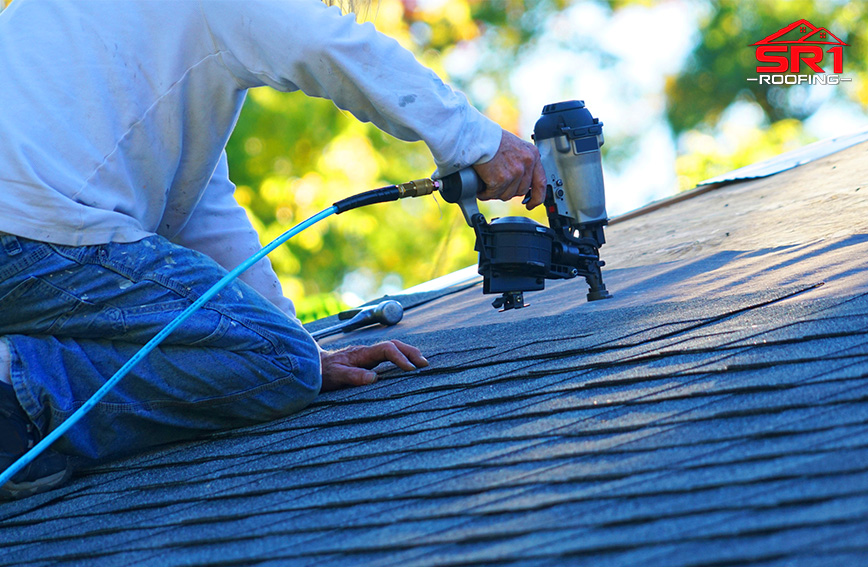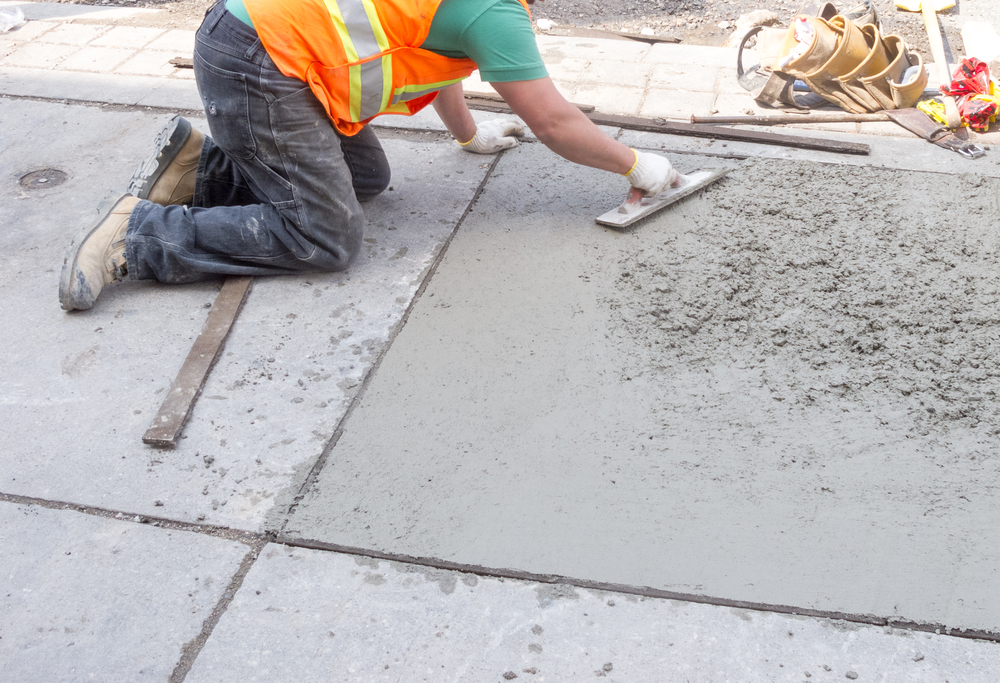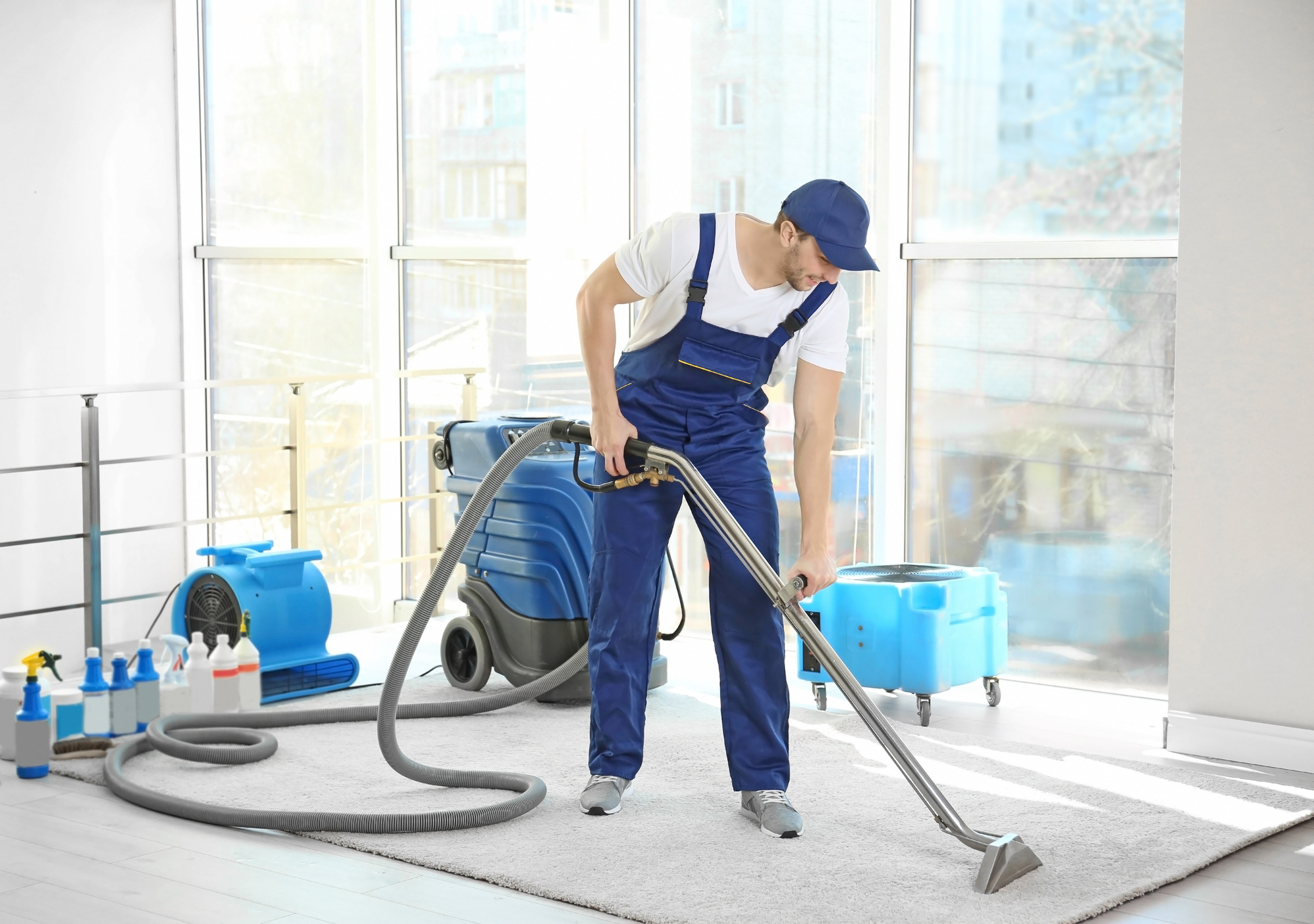In the world of homeownership, unforeseen challenges can arise at any moment, and one of the most urgent and potentially devastating situations is a roofing emergency. Whether it’s a sudden storm, a fallen tree, or a leak that seemingly appeared out of nowhere, knowing how to handle emergency roof repairs can make all the difference in preventing further damage to your home. In this comprehensive guide, we’ll walk you through the essential steps and strategies for effectively managing emergency roof repairs.
1. Assess the Situation Quickly and Safely
The first step in handling any emergency is to assess the situation calmly and promptly. Inspect the roof from a safe vantage point or use binoculars if necessary. Identify the extent of the damage, potential entry points for water, and any immediate dangers, such as loose or hanging materials.
2. Mitigate Further Damage
If you spot any visible damage that could worsen with time or rain, take immediate action to prevent further deterioration. This could involve temporarily covering the damaged area with a tarp or plastic sheeting to keep rainwater out.
3. Contact Professionals
While some minor repairs can be done by homeowners, emergency roof repairs often require the expertise of professionals. Reach out to a trusted roofing contractor with experience in emergency repairs. Make sure to choose a company with a quick response time to prevent additional damage.
4. Document the Damage
Before any repairs are made, document the extent of the damage thoroughly. Take clear photographs and videos of the affected areas from multiple angles. These visual records can be valuable for insurance claims and future reference.
5. Stay Safe
Safety should always be a top priority. If the damage is severe or if you’re unsure about your ability to safely assess or address the issue, it’s best to wait for professionals to arrive.
6. Temporary Measures
While waiting for the roofing professionals to arrive, you can take some temporary measures to minimize damage. Place buckets or containers under leaks to catch dripping water. If there are loose materials that could fall, cordon off the area to prevent accidents.
7. Consider Insurance Claims
If the damage is significant, contact your homeowner’s insurance provider to discuss the situation and determine if the repair costs are covered by your policy. Provide them with the documentation you’ve gathered.
8. Long-Term Repairs
Once the immediate emergency is under control, roofing professionals will assess the damage and recommend the necessary repairs. This might involve replacing shingles, fixing flashing, or addressing structural issues. Listen to their recommendations and make informed decisions about the best course of action.
9. Preventive Measures
After the emergency repairs are completed, it’s wise to consider preventive measures that can help avoid future emergencies. Regular roof inspections, proper maintenance, and addressing issues as they arise can significantly reduce the risk of sudden roof failures.
10. Learn and Prepare for the Future
Experiencing a roofing emergency can be a learning experience. Consider what steps you could take in the future to be better prepared for emergencies, such as keeping emergency roofing supplies on hand or having a trusted roofing professional’s contact information readily available.
In conclusion, emergency roof repairs require swift action, a clear-headed approach, and reliance on professional expertise. By following these steps and being proactive in your approach, you can effectively handle roofing emergencies, minimize damage, and ensure the safety and integrity of your home.









